Future Focused: Encryption and Visibility Can Co-Exist
Cisco Security
MARCH 16, 2021
In fact, 63% of threats detected by Cisco Stealthwatch in 2019 were in encrypted traffic. The European Union is concerned enough that it drafted a resolution in November 2020 to ban end-to-end encryption, prompting outcry from privacy advocates. Keeping your destination private: DNS over HTTPS.

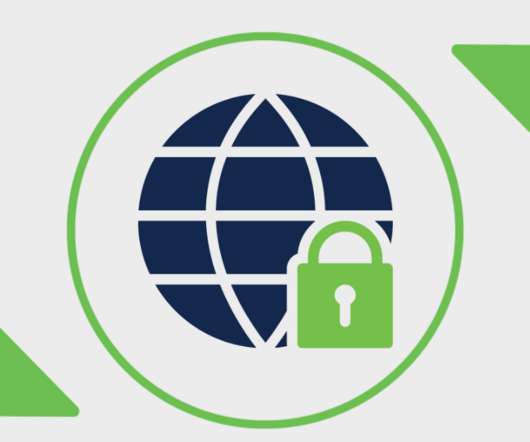
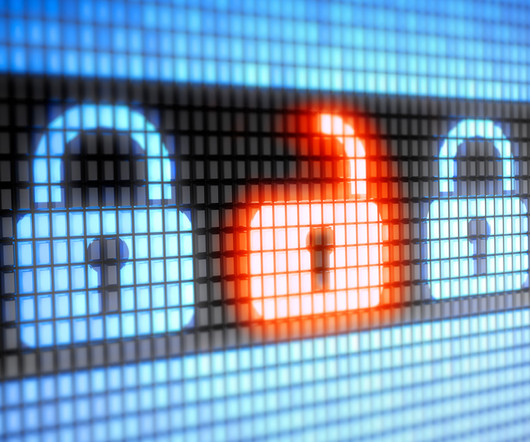
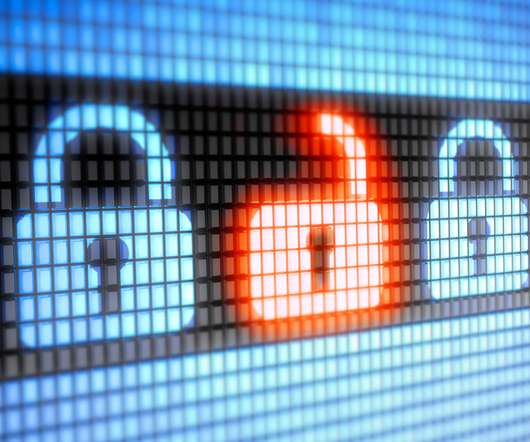
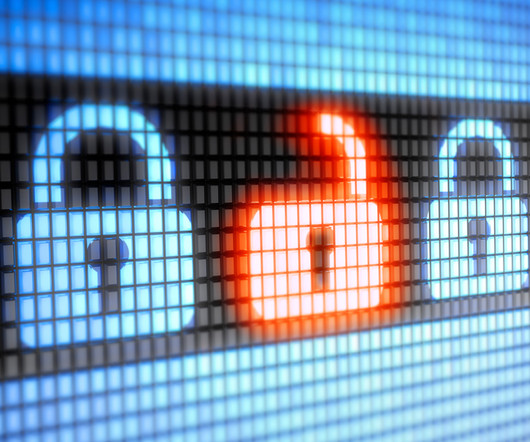


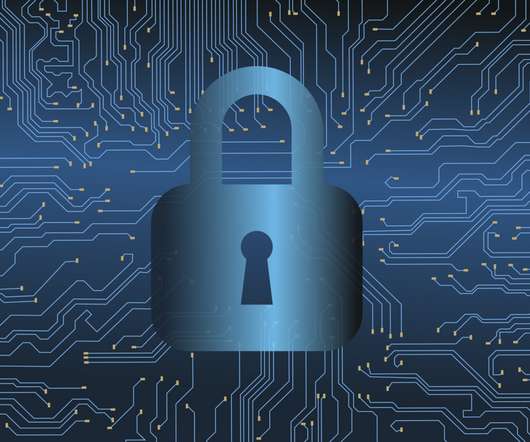



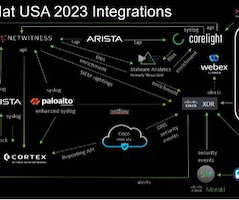



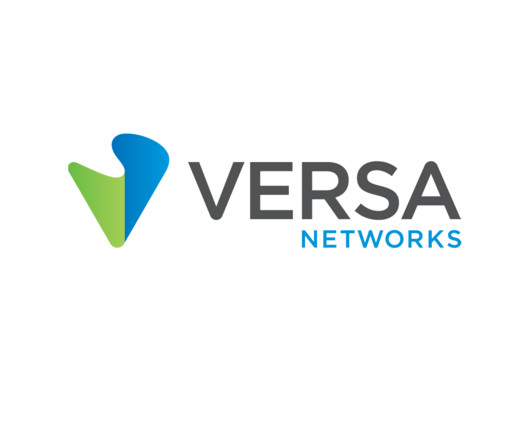
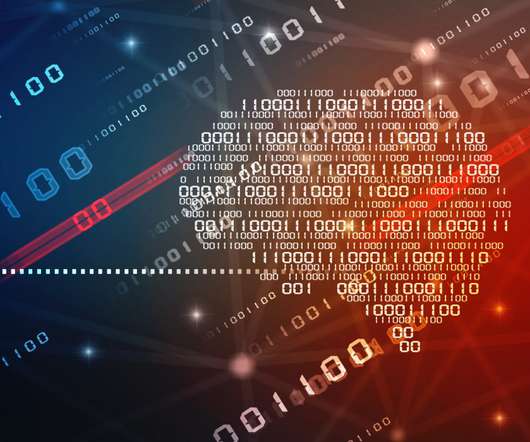







Let's personalize your content